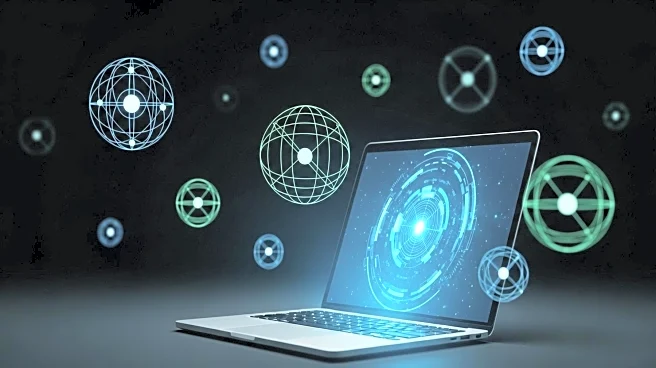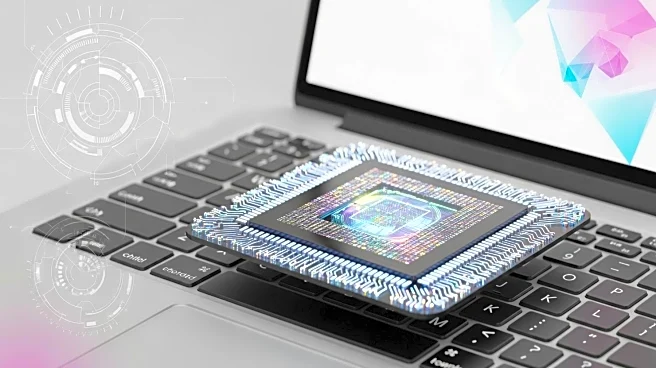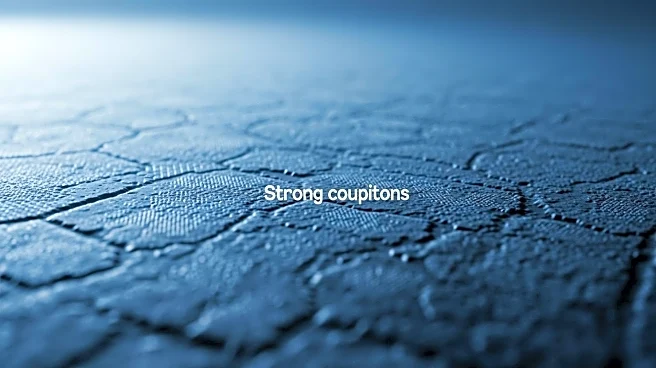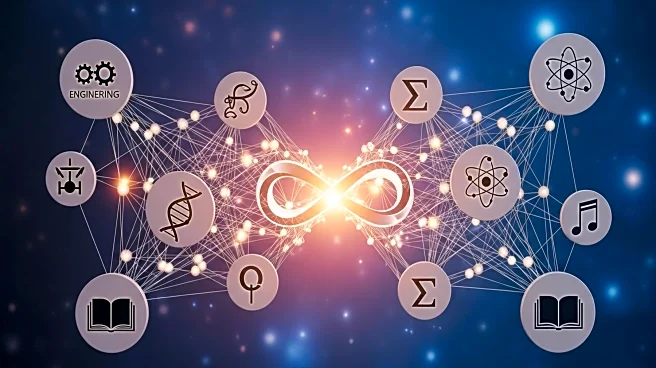What's Happening?
Scientists at the Vienna University of Technology have successfully simulated an optical illusion that appears to defy Einstein's theory of special relativity. Using ultra-fast laser pulses and special cameras, they recreated the Terrell-Penrose effect, which suggests that fast-moving objects appear rotated rather than squashed. This was achieved by capturing slices of light bouncing off a cube and a sphere, simulating their movement at nearly the speed of light. The study, published in Communications Physics, demonstrates that even century-old predictions can be brought to life in a lab setting.
Why It's Important?
This breakthrough in simulating relativistic effects in a laboratory setting provides a deeper understanding of the principles of special relativity and the behavior of light. It opens up new possibilities for experimental physics, allowing researchers to explore phenomena that were previously only theoretical. The ability to recreate such effects in a controlled environment could lead to advancements in optical technologies and improve our understanding of high-speed particle dynamics, which are crucial for fields like quantum computing and particle physics.
What's Next?
The research team plans to further explore the implications of their findings, potentially applying their methods to other relativistic effects. This could lead to new experimental setups that mimic high-speed phenomena, providing insights into the behavior of particles at extreme velocities. The study also paves the way for future experiments that could test other aspects of Einstein's theories, contributing to the ongoing development of theoretical physics.
Beyond the Headlines
The ability to simulate relativistic effects in a lab setting challenges traditional views on the limitations of experimental physics. It highlights the importance of innovative approaches in scientific research, encouraging a reevaluation of how complex theories can be tested and visualized. This could inspire new methodologies in physics education, making abstract concepts more accessible to students and researchers.










